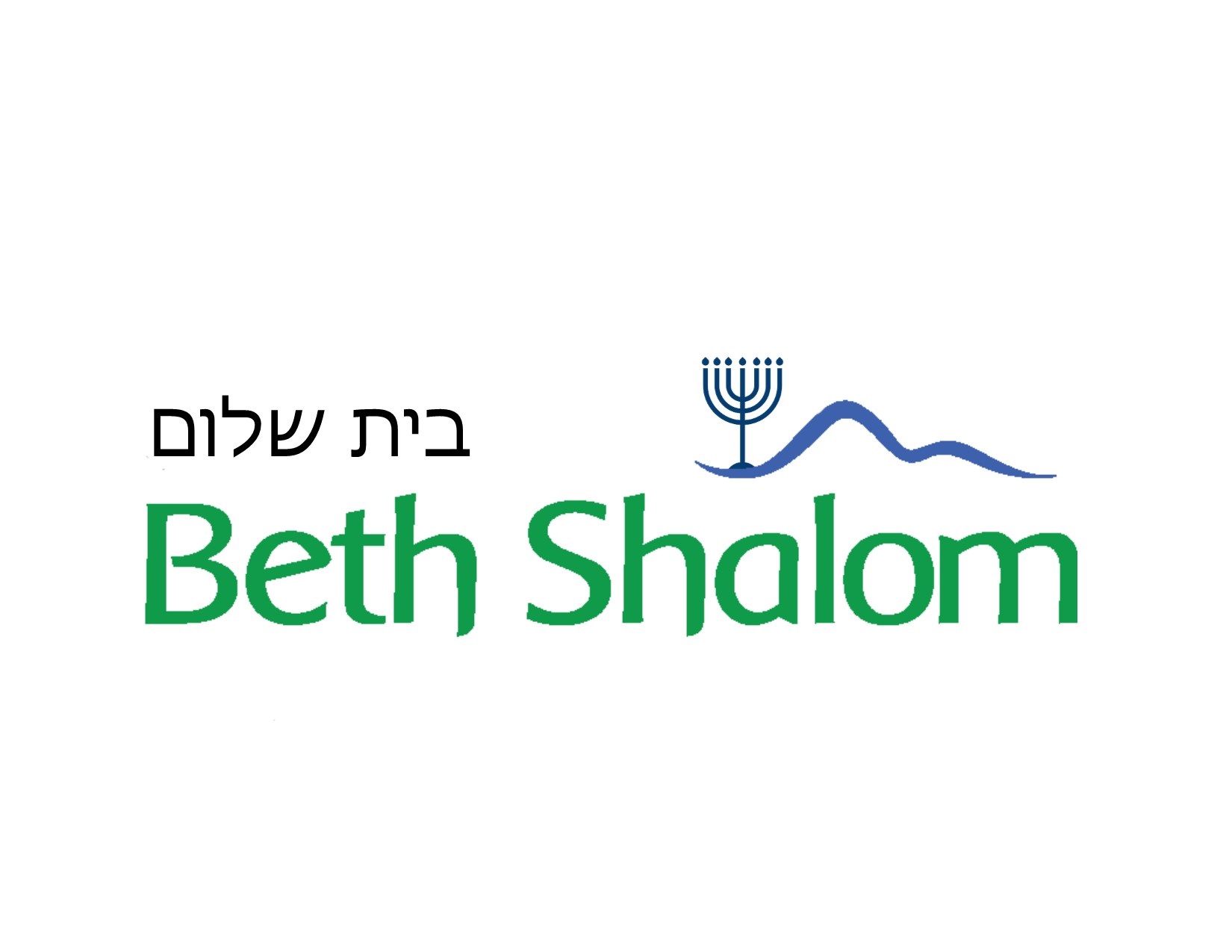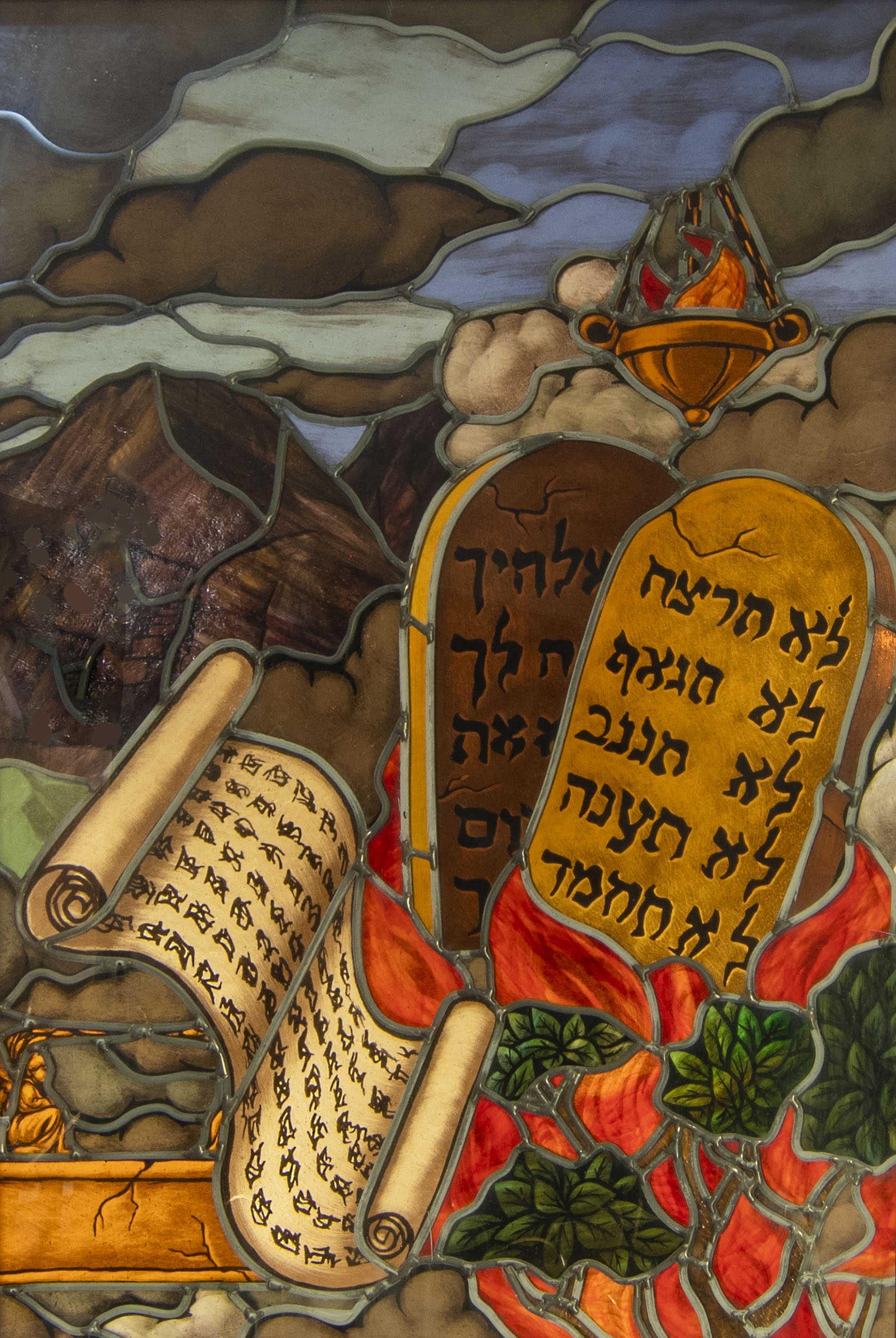When: This holy day is observed from the fifteenth to the twenty-third of Tishri (the lunar calendar). You will always know when it is Sukkot for it arrives on the first full moon after Yom Kippur.
What: Sukkot is the Jewish festival of Thanksgiving. It is also called the Feast of the Ingathering (Hag HaAsif) and the Season for Joy (Z’man Simkhateynu).
Sukkot reminds us of two powerful historical events; the Clouds of Glory which accompanied the Israelites throughout their forty year sojourn in the wilderness, and the temporary shelters – Sukkot- that our ancestors lived in during those same years.
SUKKOT, THE BASICS
Date: 15 Tishri
Meaning: “Booths”
Greetings: Goot Yuntiff -“A Good Holy Day”; Hag Sameah – “Joyous Holiday”; Tizku L’ Shanim Rabote – “May you merit many years”; Mo’adim l’simcha – “Holidays are for joy.”
Customs at Home: Build a Sukkah, decorate it, (usually beginning the day after Yom Kippur). Light candles on the first two and last two evenings. Chant Kiddush in the Sukkah.
During the days (except Shabbat) we wave the lulav and etrog. On Shabbat of Hol HaMoed (the intermediate days) we read from the book of Ecclesiastes.
Customs at Synagogue:
We chant the Hallel Psalms, which exalt God and joyously sing of the holy day.
The last two days of Sukkot are actually separate holy days. They are Simhat Torah and Shmini Atzeret. Simhat Torah celebrates the great cycle of reading the Torah Scroll. We begin the yearly cycle of Genesis on this day, immediately after we have completed the last segment from Deuteronomy detailing the death of Moses. It is a very joyous holiday. Children march with flags. The congregation makes seven circuits (hakafot) with the Torahs as we sing and dance. Two special aliyot are given to people of high standing, deserving of a great honor. The aliyot are like bookends: The last aliyah from the Torah (Hatan Torah) and the first (Hatan Beresheit).
Special prayers of Hallel and Hoshanot are added. We process around the shul with the lulav and etrog.
The lulav and etrog are taken and blessed. On Hoshanna Rabbah, the willow branches from the lulav are beaten until all the leaves fall from it. Seven processions or Hakafot are made on this last day of Hol HaMoed.
More info….
The Source: “Three times a year you shall hold a festival to Me… the feast of the ingathering at the end of the year, when you gather in the results of your work in the field” Exodus 23.
The Description: As the moon swells in the heavens, we depart from the austerity of Yom Kippur and move toward wholeness. Sukkot is a harvest festival. The world, illuminated by a bright and full moon, is punctuated by the season’s final celebration. We walk into our fragile Sukkah, covered by leaves with an open expanse visible above and feel the ephemeral nature of life. Apples and oranges dangle overhead: the air is markedly colder as we sing to God. Our lives are safe. After all, we can leave our home and sit in a Sukkah. Unlike our forebears, we do so voluntarily. They lived in these same huts during their flight from slavery.
Sukkot is a holiday which celebrates nature; it asks critical questions by its observances. For example, we are bidden to acquire an etrog – a deep yellow citron with no scars or abrasions – and palm leaves, myrtle, willow. They are bound together with strands from the palm and used throughout the Holy Day period. Why these organic items? And not, let us say, apples and peaches and grass? The obvious reason is that the Torah specifically mentions these things. However, they are also representative of the natural order of our environment. The etrog appeals to all senses – taste, aroma, appealing texture. The palm produces a tasty fruit but has no discernible smell. The myrtle possesses a long-lasting fragrance but has no taste. All the willow has is its texture. Each of the elements is unique. Not only do these species represent all of nature, say the Sages (of blessed memory), but they also indicate the types of people we interact with, (some people have taste, but no wisdom, others have brains, but no savchel…). That is, the lulav and etrog is also a paradigm for humanity.
It is a mitzvah to build a Sukkah. We set up a table inside the Sukkah and take at least one meal per day there. For the Jew, it is not enough to remember; memory fails us. Other pressing concerns take hold of our lives and we allow ourselves to become consumed by them. We must relive our experience the deep meaning of Sukkot. And there is more: To experience is to feel, to understand. Mere repetition of the story is not living Judaism. That is dying Judaism. Experience and meaning are the watchwords of our faith.

